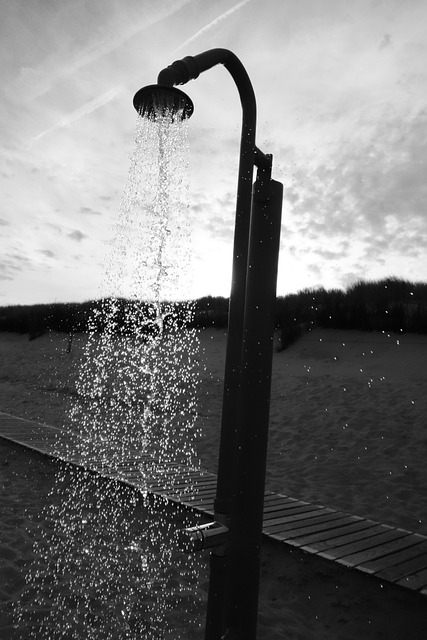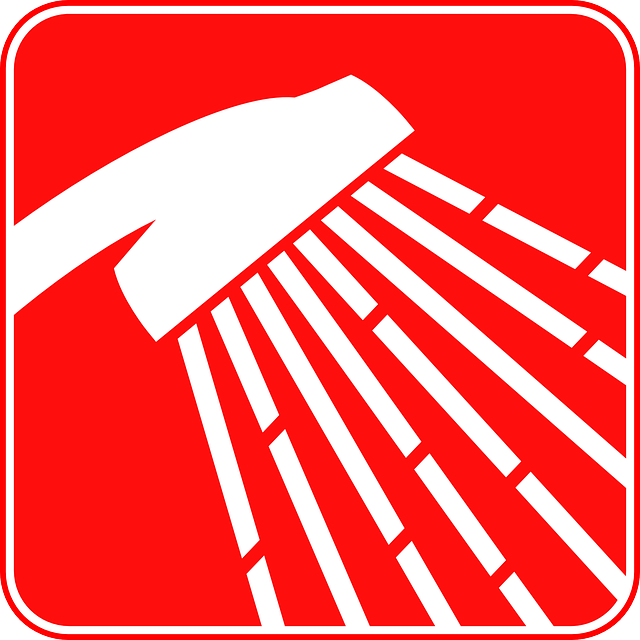Before replacing a shower head, assess its current performance and features (leaks, clogs, pressure, spray pattern, size/type). Consider modern models with easy-to-clean nozzles, adjustable settings, water-saving technologies for improved efficiency. Choose a compatible replacement addressing specific needs, based on knowledge of your existing setup's age, type, flow rate.
Is your shower head leaking, clogged, or just outdated? It’s time for a refresh! Learn how to easily swap out your old shower head with our comprehensive guide. We’ll walk you through assessing your current setup, choosing the perfect replacement based on flow rate, water pressure, design, and material, and providing a step-by-step installation process. Say goodbye to annoying leaks and hello to a revitalized shower experience. Get ready to dive into this DIY project and replace that old shower head today!
- Assessing Your Current Shower Head
- – Identifying leaks and clogs
- – Understanding the age and type of your current shower head
Assessing Your Current Shower Head

Assessing your current shower head is the first step in any replacement project. Start by examining its condition: is it leaky, clogged, or simply outdated? Leaks can be a sign of worn-out O-rings or seals, while clogs indicate mineral buildup or debris accumulation. If your shower head has seen better days, it might no longer provide optimal water pressure and flow. Outdated models could feature outdated connections, making them incompatible with modern fixtures. Take note of the size, type, and spray pattern of the existing head—these details will guide you in selecting a suitable replacement.
When learning how to replace a shower head, understanding these factors is crucial. Ensure you choose a compatible replacement that addresses your specific issues. Look for features like easy-to-clean nozzles, adjustable spray settings, and water-saving technologies for an enhanced shower experience.
– Identifying leaks and clogs

Shower heads are an integral part of your bathing experience, and knowing how to replace them is crucial for any homeowner. If you notice a decrease in water pressure or hear strange noises when the shower is on, it might be due to leaks or clogs. Identifying these issues early is key to preventing further damage and ensuring optimal water efficiency.
Leaks can often be spotted by a persistent drip or wet spots around the base of the shower head. Clogs, on the other hand, may cause reduced water flow or unexpected splattering. To address these problems, start by inspecting the shower head for any visible debris or mineral buildup. Regular cleaning with vinegar or specialized cleaners can help prevent clogs. If issues persist, it might be time to swap out the shower head entirely. When replacing, consider modern designs and technology that offer better water flow and conservation, making your showering experience both enjoyable and eco-friendly.
– Understanding the age and type of your current shower head

Before you start swapping out your shower head, it’s crucial to understand your current setup. Begin by examining the age and type of your existing fixture. Older models may be made of less durable materials and could have a different threading or connection mechanism compared to modern shower heads. Identifying these factors is key when selecting a replacement to ensure compatibility and longevity.
When considering how to replace a shower head, look at its flow rate and features. Newer models often boast improved water efficiency and come with various settings for customized experiences. Some even incorporate advanced technologies like aeration or massage functions. Understanding these differences will help you choose a shower head that aligns with your preferences and contributes to a more enjoyable bathing routine.
